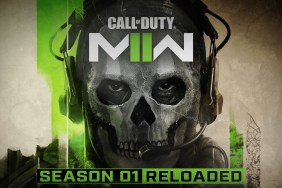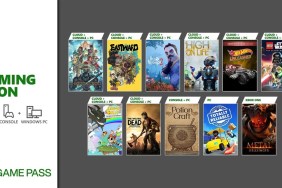The Little Ass Kicking Ship That Could
Shooters are a dying breed amongst the flashy, current trend of 3-D polygon
games. What was once the most popular format has become a lost genre. Shooters,
from Space Invaders to Raiden, have always been about split second
reaction times, a blistering fast thumb for that “fire” button, and an ounce
of luck.…
-
Old School Fun
-
Nostalgic Opening
-
Still a Good Shooter
-
So Much Wasted Potential
-
Where's











